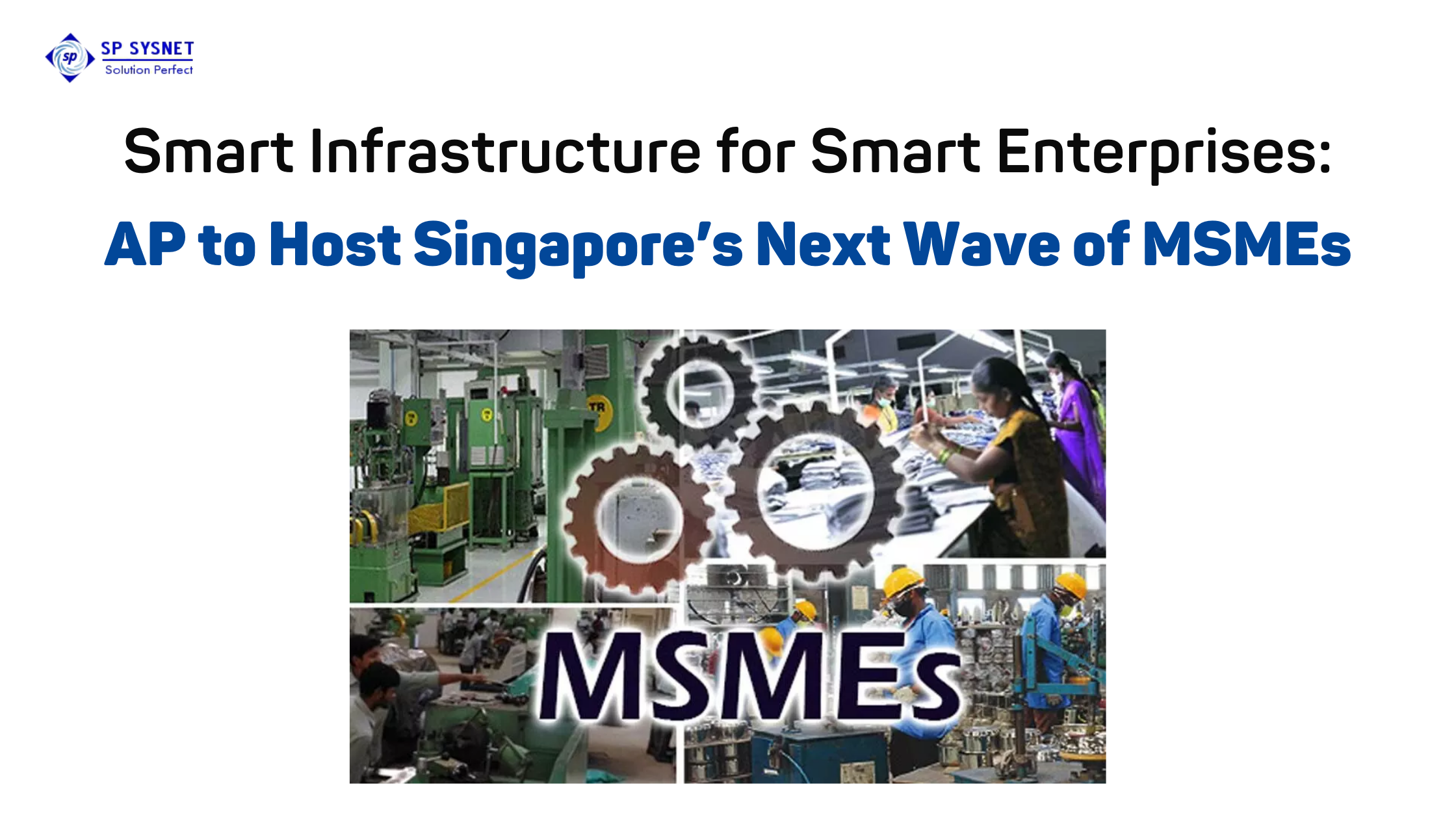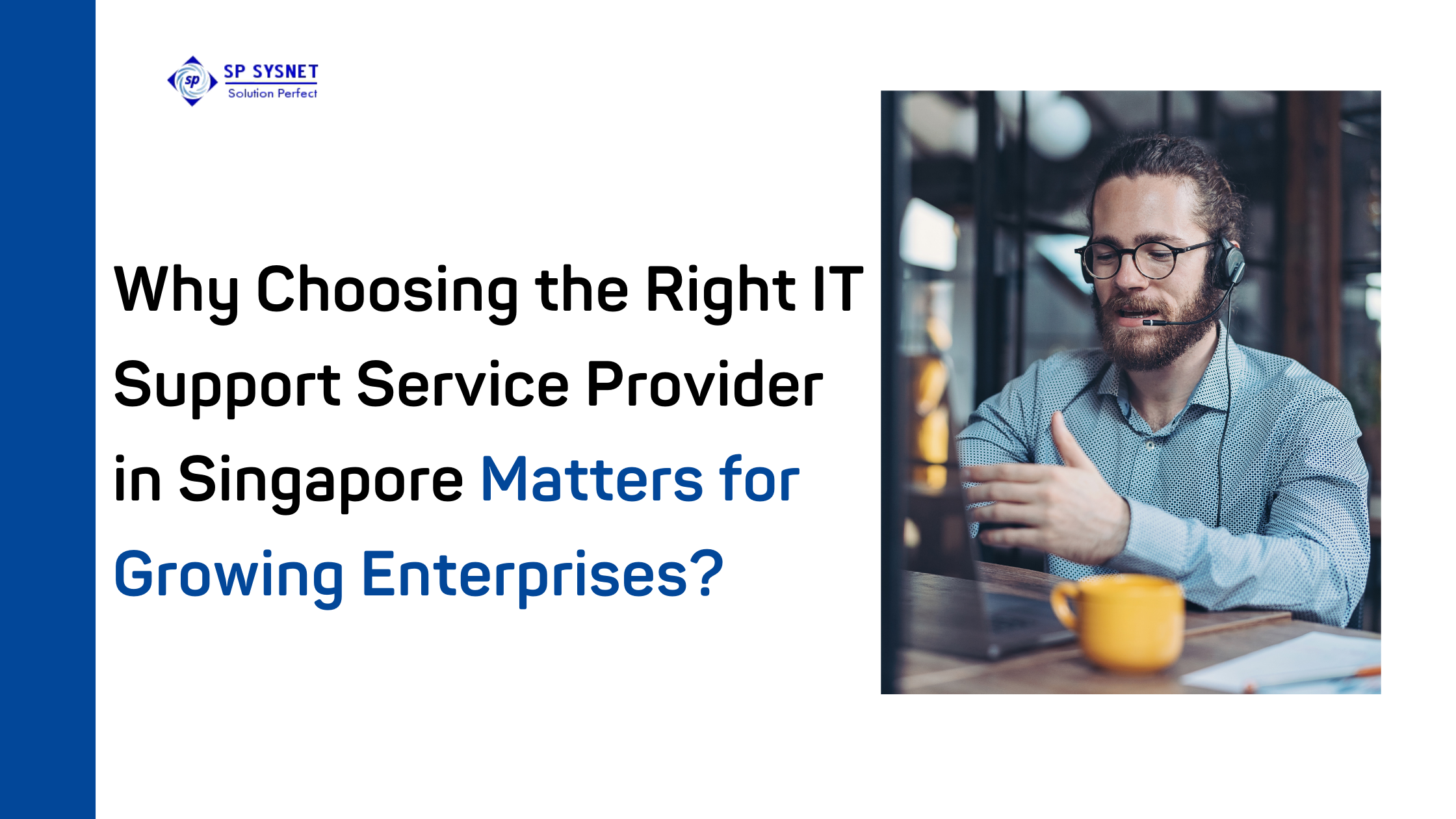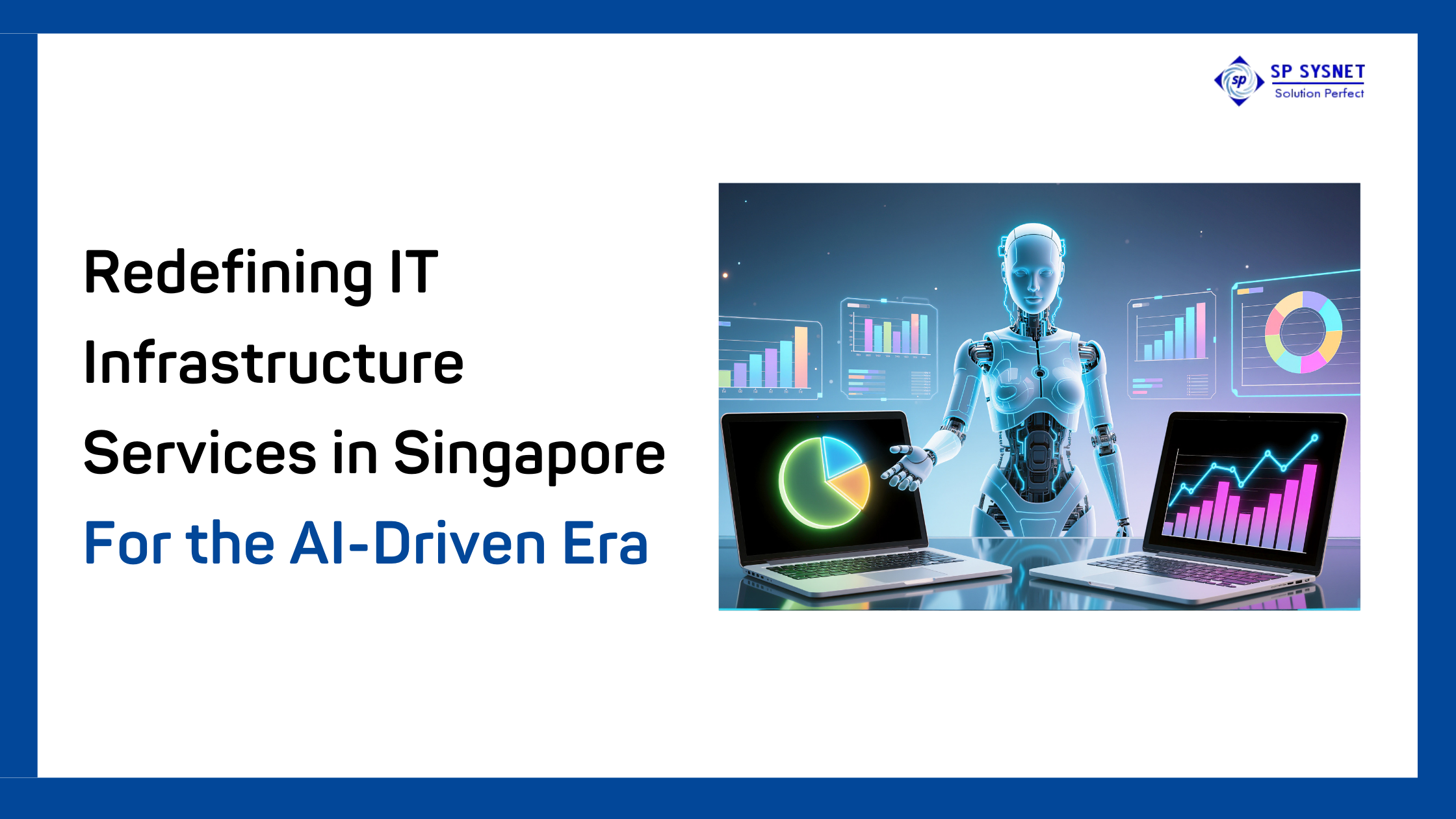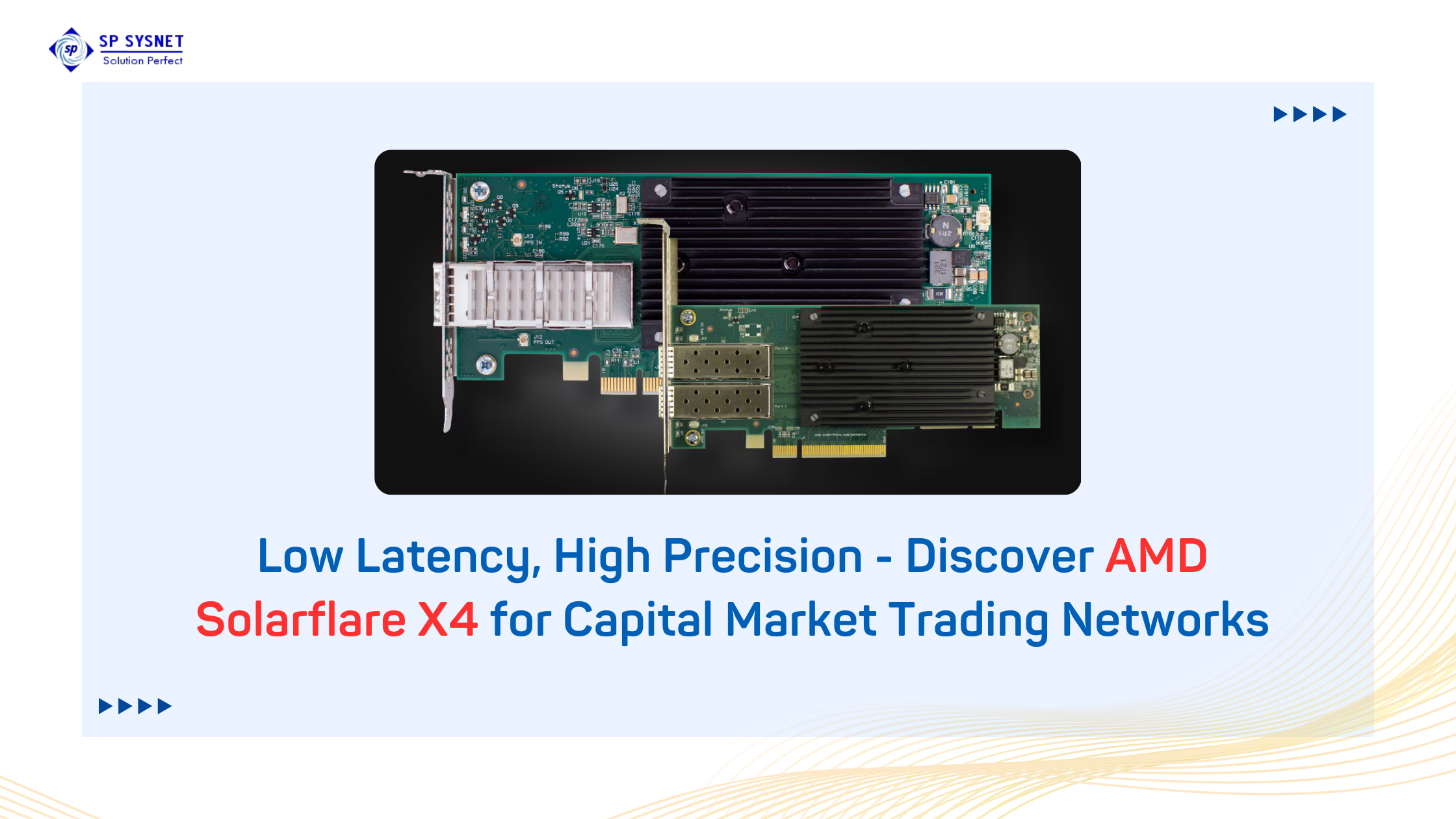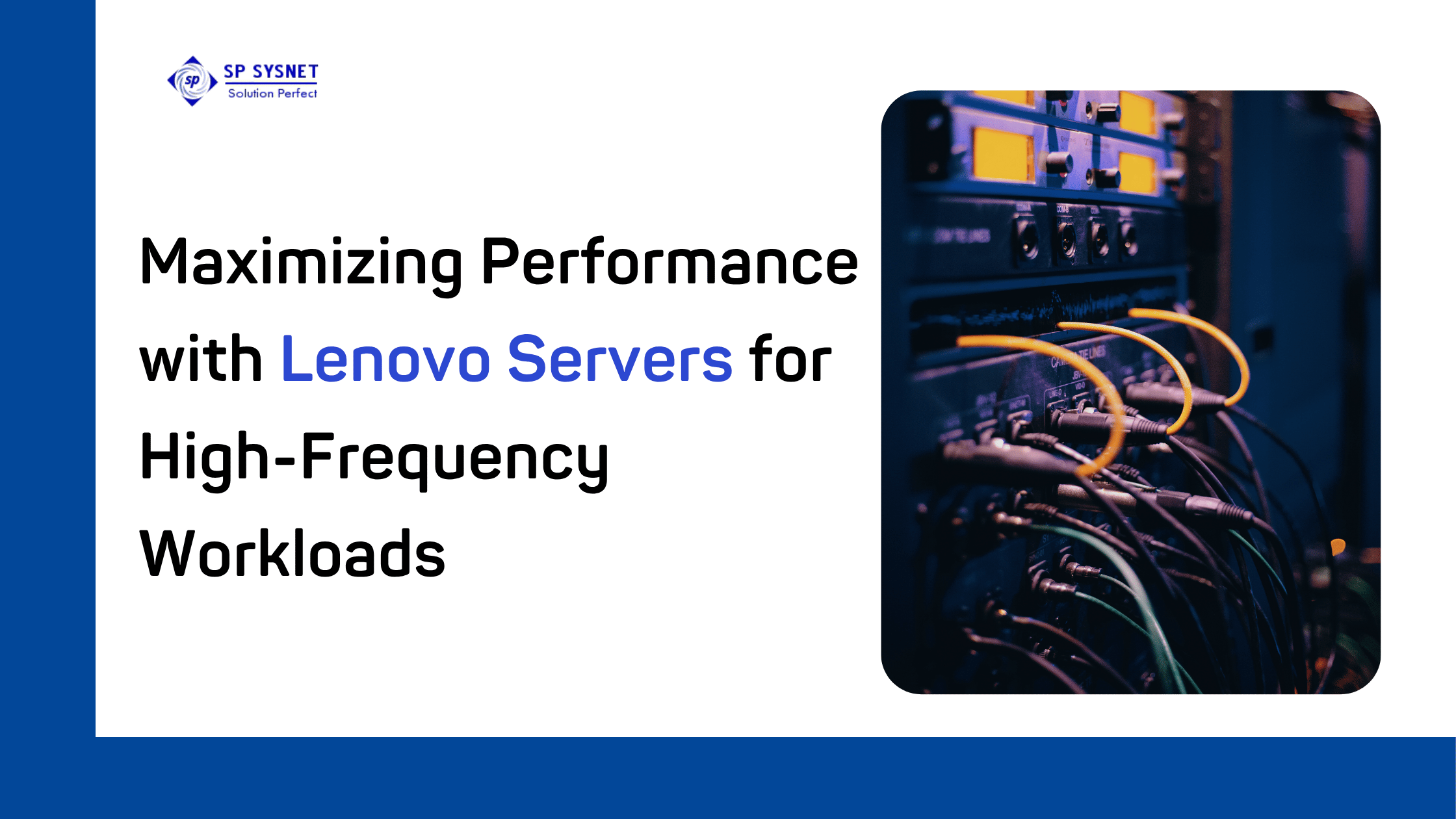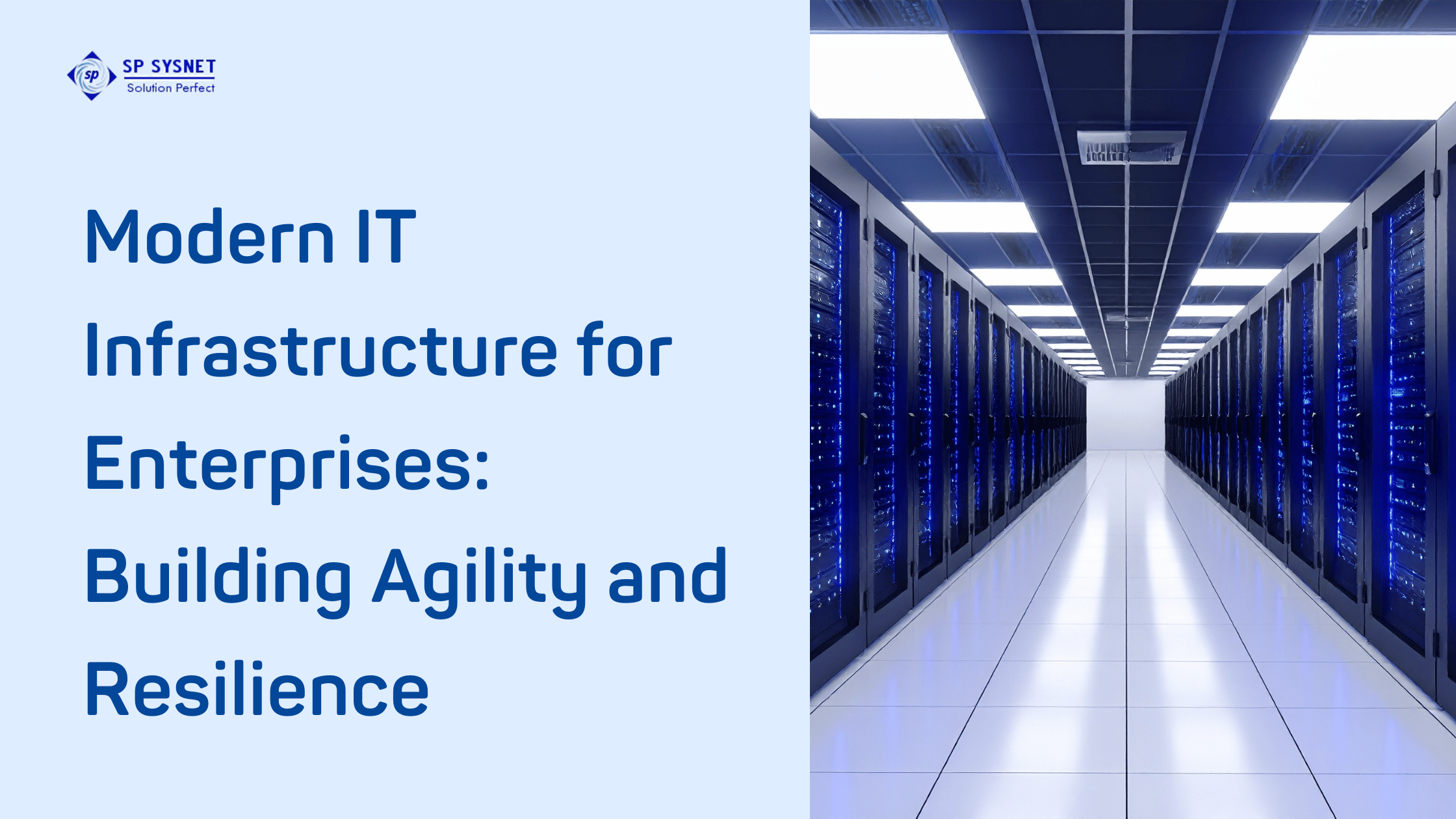Singapore’s transformation into a global Smart Nation is more than a vision—it’s reality. Under Smart Nation 2.0, launched October 1, 2024, the city‑state is doubling down on trust, growth, and community to drive digital transformation across all sectors, including MSMEs (micro, small & medium enterprises).
MSMEs in Singapore make up 99% of businesses, employ 65% of the workforce, and contribute roughly 48% of GDP—putting them at the heart of future growth.
As MSMEs scale and innovate—with cloud, AI, IoT, data analytics—they increasingly rely on robust, flexible network infrastructure solutions and expert partners in infrastructure service management company services. Singapore’s Ministry of Trade, Smart Nation initiatives, and agencies like IMDA encourage private–public collaboration to enable smarter, more resilient digital foundations for enterprise growth.
Why Smart Infrastructure Matters to the Next Wave of MSMEs?
1. Seamless Connectivity and Low Latency
Modern enterprises—especially those adopting video conferencing, cloud apps, and retail tech—depend on low-latency, high-uptime networks. Smart infrastructure goes far beyond cabling: it means integrated routers, switches, wireless, SD‑WAN, firewalls, traffic QoS, and monitoring systems. These network infrastructure solutions guarantee productivity and customer satisfaction by minimizing outages, ensuring fast access, and scaling with demand.
2. Resilience & Security
Even small businesses are prime targets for cyber threats. A misconfigured router or unpatched network can spell disaster. Smart infrastructure emphasizes infrastructure service management company standards: layered security with firewalls, intrusion detection, VPNs, and access controls. These solutions proactively defend MSMEs against breaches and align with upcoming digital regulations like Singapore’s Digital Infrastructure Act 2025.
3. Scalability & Future‑ready Design
MSMEs often grow rapidly or pivot to new sectors. They need infrastructure that can expand—adding sites, supporting cloud migration, or connecting IoT sensors. Scalable network architecture built on modular components lets companies evolve without expensive rewrites. Modern enterprises leverage edge computing, hybrid cloud architecture, 5G private networks, and smart IoT deployments. Technologies like Multi‑Access Edge Computing (MEC) enable real‑time, low‑latency operations for IoT‑enabled services and automation in industrial or smart-office settings.
4. Managed Services for Focused Growth
MSMEs often lack in‑house IT teams. That’s where an infrastructure service management company plays a pivotal role—designing, deploying, monitoring, and maintaining infrastructure. Managed IT and help desk services let business owners focus on core operations, while IT experts maintain uptime, performance analytics, and continuous improvements.
How Smart Infrastructure Fuels Singapore’s MSMEs Opportunity?
- Cloud-enabled productivity gains: AWS and Accenture project that cloud‑enabled MSMEs will unlock around S$650 million in annual productivity benefits in healthcare and education sectors by 2030, enabling creation of 100,000 jobs in Singapore. These gains rely entirely on infrastructure that supports dependable cloud access, data analytics, and secure operations.
- Regulatory alignment: The launch of the Digital Infrastructure Act and Operational Technology Cybersecurity Masterplan provide a legal backbone to digital resilience goals. MSMEs must adopt infrastructure service best practices to comply.
- Smart Nation integration: Beyond private enterprise, municipal networks, 3D digital twins like Virtual Singapore, and city‑wide sensor deployments rely on standardized infrastructure. Businesses collaborating with public shelters or facilities may integrate via shared digital infrastructure.
Infrastructure Service Management Company: What to Look For
Begin with a partner that embodies:
- Full-stack service delivery: Covering physical networking hardware (routers, switches, wireless), cloud links, edge computing, and security layers—from deployment to ongoing support.
- ISO/ITIL‑based management: Robust change control, monitoring, incident response, asset lifecycle management, and service‑level agreements to ensure uptime and predictable costs.
- Industry-specific expertise: Healthcare, finance, retail, education—each comes with compliance and performance needs. Infrastructure designs must account for those.
- Managed services & analytics: Continuous performance monitoring, capacity planning, and predictive maintenance reduce downtime and empower data-driven decisions.
Spotlight: A Partner for Singapore’s MSMEs
When MSMEs in Singapore are ready to scale smartly, they need a partner who excels in both network infrastructure solutions and holistic infrastructure service management.
Enter SP Sysnet:
- A full-spectrum IT Infrastructure provider in Singapore, offering everything from routers, switches, and cloud connectivity to managed services and project delivery.
- Known as an infrastructure service management company that builds secure, scalable, industry‑tailored networks, with 24/7 support, monitoring and long‑term optimization.
- Integrates smart technologies, automation, proactive monitoring and layered cybersecurity to create resilient, future‑ready IT environments/
Building Smart Enterprises: A Roadmap
Here’s how Singapore’s next wave of MSMEs can build on smart infrastructure foundations:
- Assess current infrastructure: Audit hardware, connectivity, security posture, cloud readiness, and application dependencies.
- Define business‑aligned requirements: Consider traffic loads, IoT usage, remote workforce, compliance needs, and future expansion.
- Engage a specialized infrastructure service management company: Partner with experts who can design and implement both physical and virtual infrastructure, monitor performance, secure systems, and scale as needed.
- Adopt managed service models: Outsource monitoring, helpdesk, incident management, upgrades, and performance analytics.
- Plan for edge and cloud integration: Embrace hybrid network and MEC solutions for low-latency data workloads, especially for automation or data-heavy apps.
- Measure and evolve: Use analytics to guide capacity planning, performance fine-tuning, and business impact tracking.
Conclusion
The next wave of Singapore’s MSMEs—responsible for economic dynamism, innovation, and tech adoption—must anchor their operations on smart, scalable, secure infrastructure. Investing in comprehensive network infrastructure solutions, supported by a trusted infrastructure service management company, is no longer optional; it’s core to competitiveness.
For enterprises seeking a strategic partner to build, secure, and maintain this digital foundation, SP Sysnet offers full‑stack expertise, long‑term managed support, and future‑ready architecture tailored to MSMEs in Singapore’s fast‑evolving landscape.

